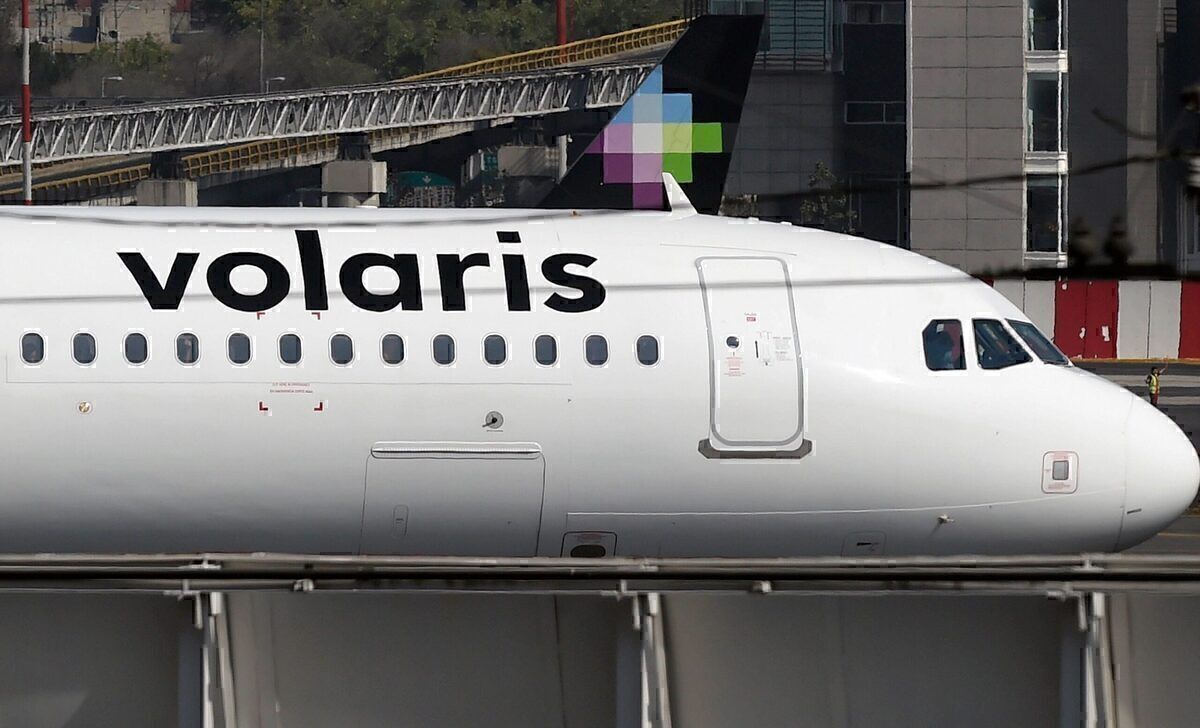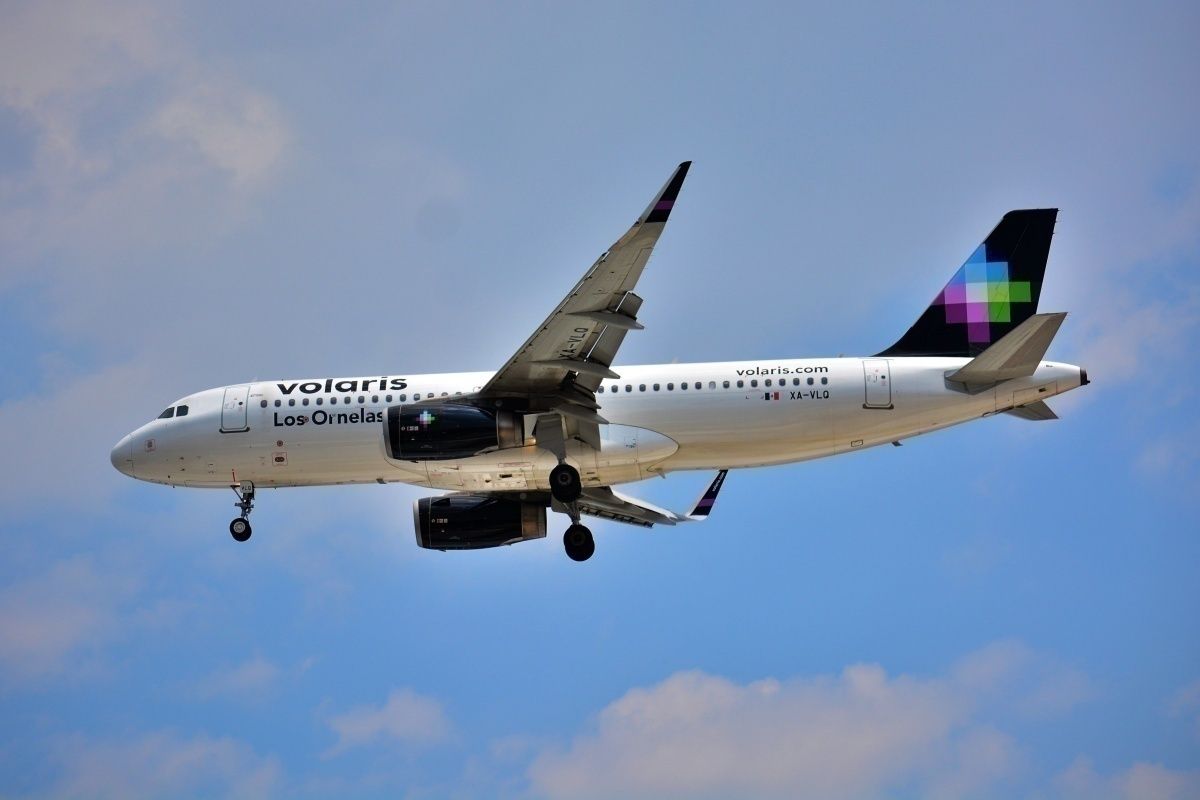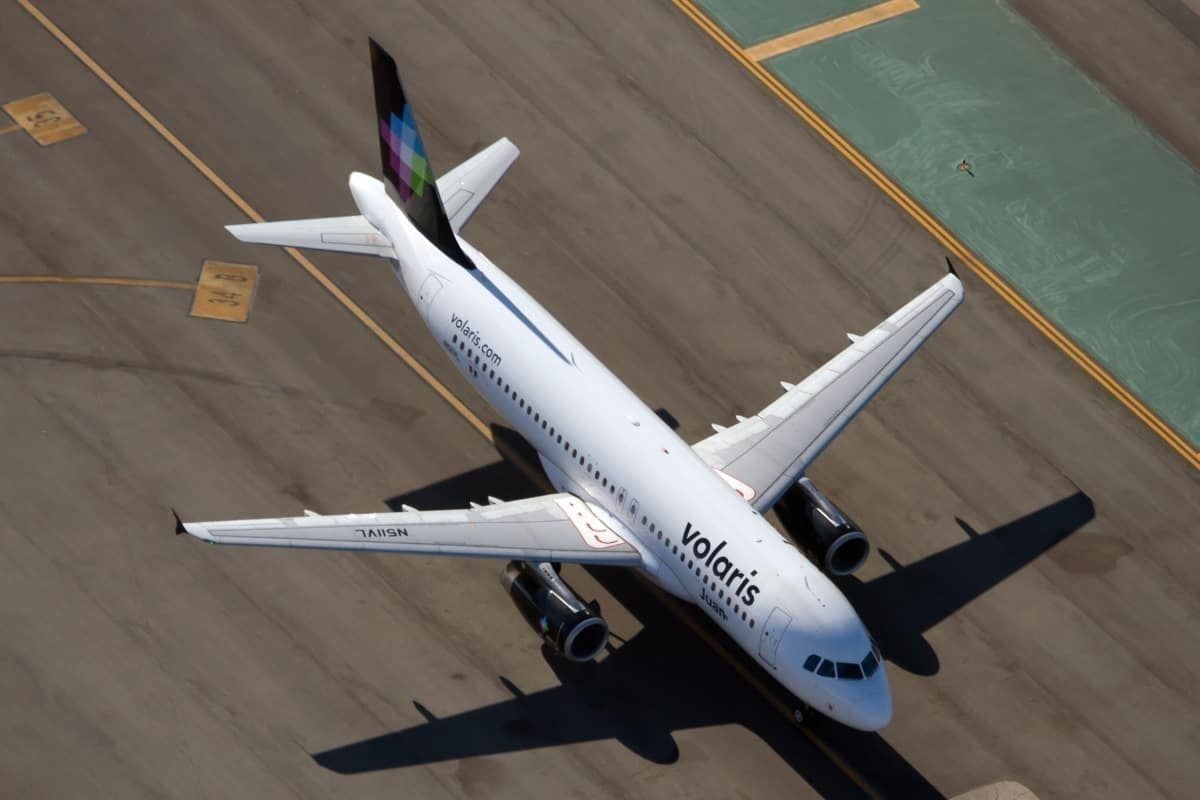The Mexican ultra-low-cost carrier Volaris ended 2020 on a high note, transporting only 9.5% fewer passengers than in December 2019. The airline has proved resilient facing the current COVID-19 crisis and has high hopes for this year.
How many passengers did it transport in the year?
In 2020, Volaris transported 14 million 712 thousand passengers, according to its latest traffic report. Due to the COVID-19 pandemic, the airline suffered a 33.1% decline in total passenger traffic for the year.
During December, Volaris transported 1.78 million passengers. This was a 9.5% decrease on a year-to-year basis. The number shows the strong recovery the domestic Mexican market had during the final quarter of the year, despite the increase in COVID-19 cases.
To cope with the increasing demand, Volaris deployed a larger capacity than it had in December 2019. But maybe the airline grew slightly too much as its load factor went down between November and December. To end up the year, Volaris’s load factor was 78.5% (in November was 80.5%).
Stay informed: Sign up for our daily aviation news digest.
Volaris’ V-Shaped recovery recipe
It may not be a secret to say that domestic low-cost carriers worldwide are recovering faster than other airlines.
Pere Suau-Sanches, research leader at the Universitat Oberta de Catalunya, exposed last year why low-cost carriers are performing better.
He said that low-cost-airlines have shown greater resilience due to their lower exposure to international long-haul traffic. He wrote,
"Low-cost airlines operate in regional (intracontinental) markets and are therefore less exposed to the dynamics of long-haul (intercontinental) markets, which were the first to be grounded in early February and have remained inactive for longer due to government restrictions.”
In Mexico, Volaris has effectively seized the opportunity, alongside its low-cost competitor Viva Aerobus. The local government never closed down its airspace helping the carriers maintain some sort of connectivity even through the worst months of the crisis in April and May 2020.
Volaris used this crisis as a way to expand itself. During 2020, it launched 12 new routes, with the latest connecting Cancun and Oaxaca.
What can we expect for this year?
For the first three months of the year, we don’t expect to hear great news from Volaris. The first quarter is, traditionally, the low season for Mexican airlines. Despite that, Volaris expects to deploy almost its full capacity in January. It wrote,
“For January 2021, Volaris plans to operate approximately 98% of capacity, as measured by ASMs, versus the same period of last year.”
Once the first quarter is over, we expect Volaris to thrive fully. The airlines’ CEO, Enrique Beltranena, even predicted that Volaris could be profitable by mid-2021.
In the meantime, Volaris will continue to help the recovery of the Mexican market. Since Interjet has technically ceased operations and Grupo Aeromexico is contracting due to its Chapter 11 reorganization, Volaris has a clear path into the domestic Mexican market’s supremacy.
In 2020, Volaris was the fourth airline in Latin America to operate the largest number of flights, according to Cirium. It was behind Brazil’s big three: Azul, GOL, and LATAM Brazil.
For Volaris, 2021 could be a year of expansion. While the rest of the world will be recovering in the next 12 months, this Mexican low-cost carrier could be back to full strength before the year ends.
What do you think of Volaris’ results? Let us know in the comments.



